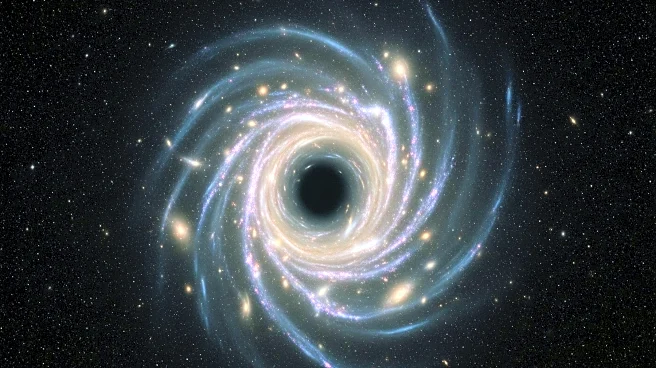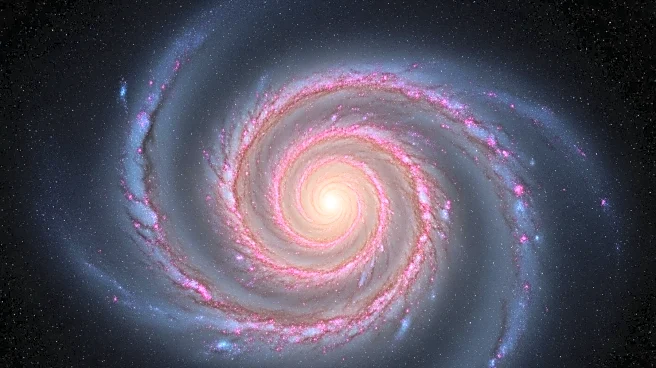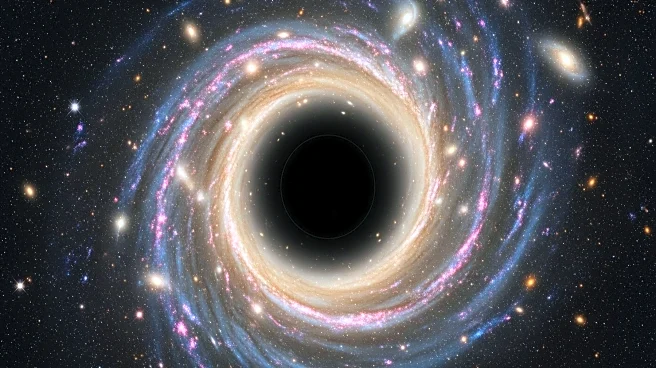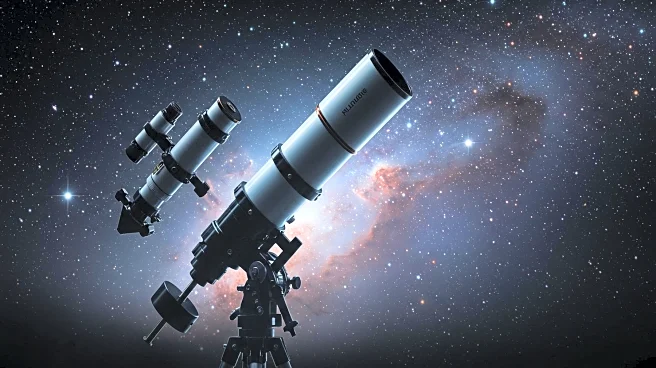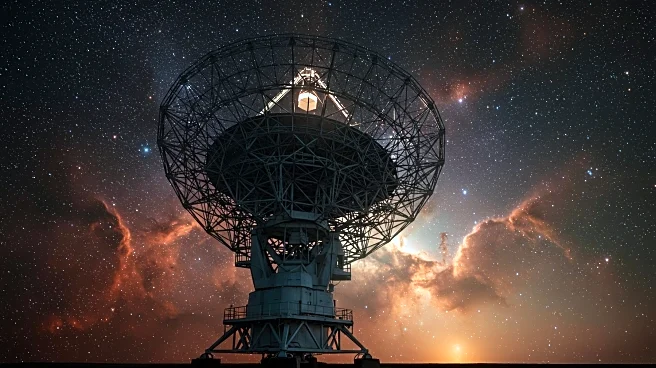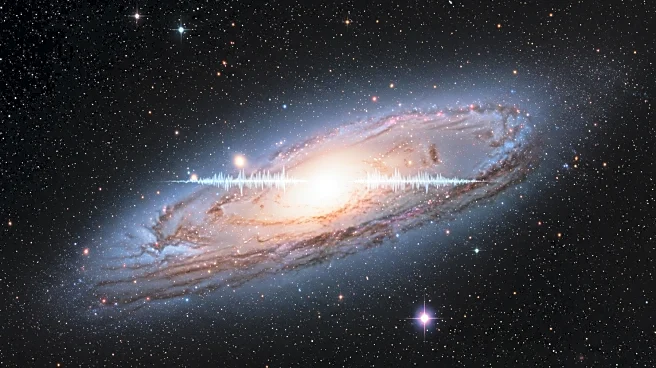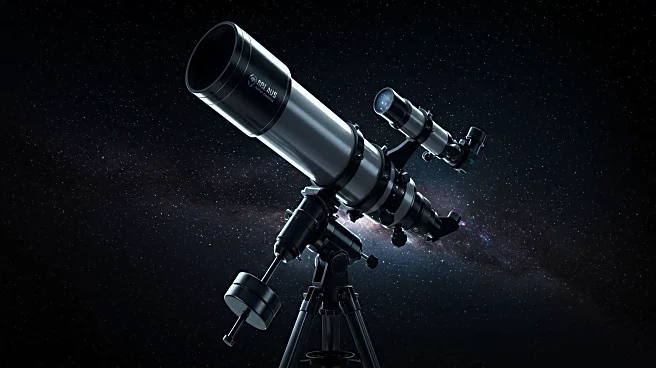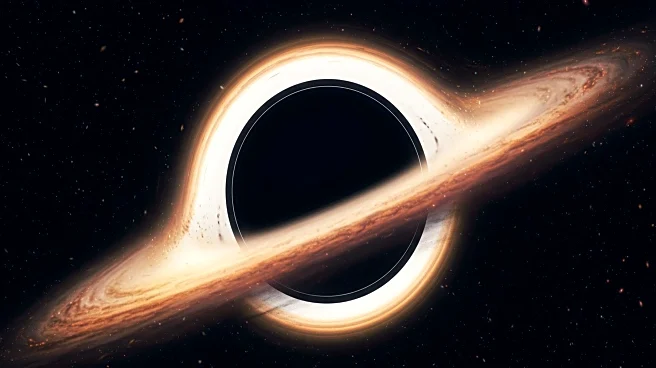Rapid Read • 6 min read
Using the James Webb Space Telescope, researchers have observed a pattern in the rotational direction of galaxies, with approximately 60% rotating clockwise. This discovery has led to a hypothesis that the universe might be encapsulated within a massive black hole, influencing galactic rotations. The finding challenges previous beliefs about cosmic randomness and suggests a more structured universe, potentially governed by black hole dynamics.
The hypothesis that the universe resides within a black hole could redefine cosmological models and our understanding of cosmic principles. It challenges existing theories about the universe's origins and structure, prompting a reevaluation of fundamental concepts like time and matter distribution. The discovery highlights the importance of precise astronomical measurements and the need to address observational biases in interpreting cosmic phenomena.
AD
Further investigation is required to validate the black hole hypothesis and explore alternative explanations for the observed galactic rotations. Researchers must consider the impact of observational bias, such as the Doppler effect, which can alter the perceived motion of galaxies. Continued exploration and observation of the cosmos, with enhanced tools like the JWST, could lead to transformative insights into the universe's mysteries.
AD
More Stories You Might Enjoy
